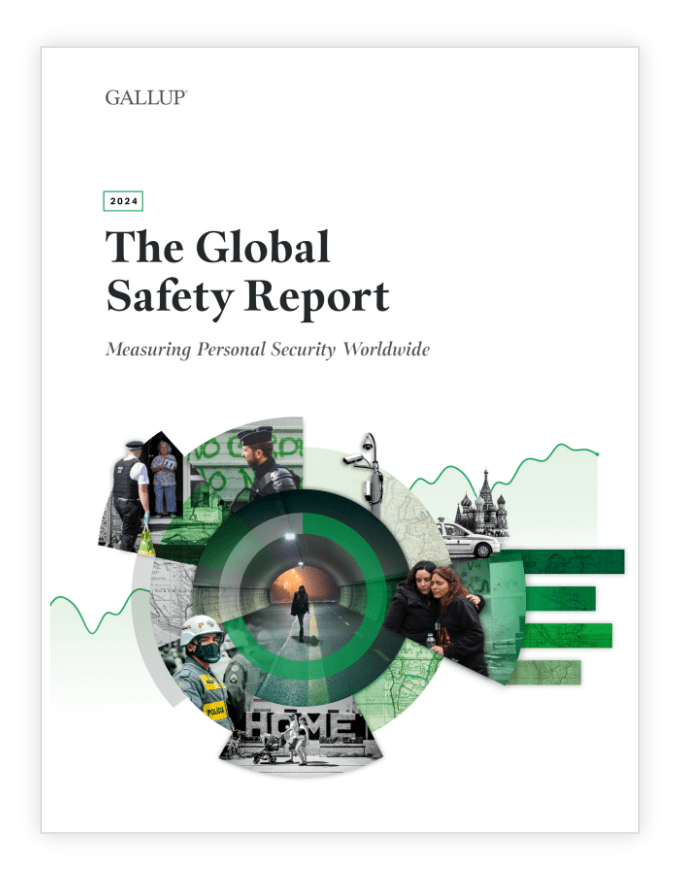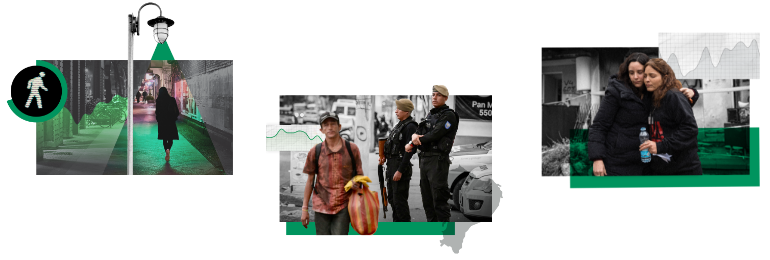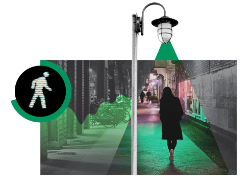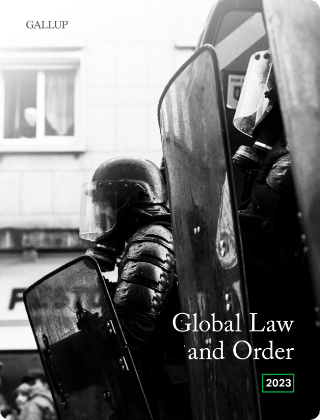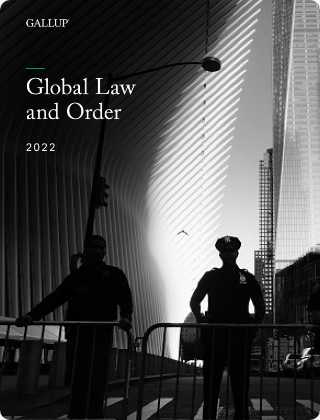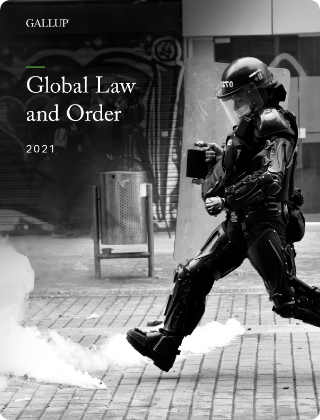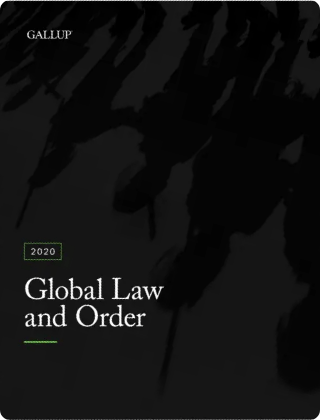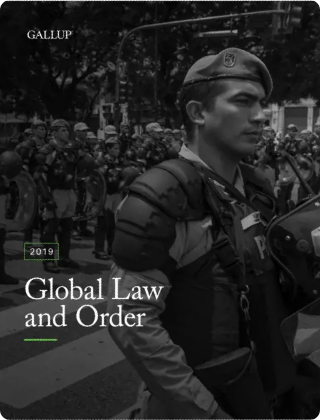The results in this report are based on nationally representative, probability-based samples among the adult population aged 15 and older in 140 countries and areas in 2023.
With the exception of China and a subset of 26 countries, the 2023 results are based on telephone or face-to-face surveys of approximately 1,000 or more respondents. The 2023 survey in China was done via web with 2,200 respondents.
2023 data for China were collected using a web self-administered mode (computer-aided web interviewing or CAWI). Gallup adopted a hybrid approach to data collection in 26 countries that are typically surveyed by telephone. The countries Gallup identified for this hybrid approach all have high levels of access to the internet among the adult population.
Gallup used high quality, third-party panels that are commercially available as the sample source for the portion of World Poll data collected via web in 2023. Many of these panels are put together using opt-in methods, although where there was access to high quality, probability-based panels, we incorporated it into our design.
To ensure adequate representation of the adult 15 and older population among panel members, Gallup set interview quotas on age, gender, region and education. There is no such quota requirement for the telephone random-digital-dial part because it is expected to fall out naturally according to population proportions.
From a questionnaire design perspective, the web survey instrument closely matched the telephone survey instrument with the item format adapted slightly for self-administered mode and to capture of high-quality data via web. Gallup implemented best practices on web-survey design to minimize item non-response, illogical responses, and incomplete responses.
For results based on the total sample of national adults in 2023, the margin of sampling error ranges between ±2.2 and ±5.5 percentage points at the 95% confidence level. The margin of error reflects the influence of data weighting. In addition to sampling error, question wording and practical difficulties in conducting surveys can introduce error or bias into the findings of public opinion polls.
